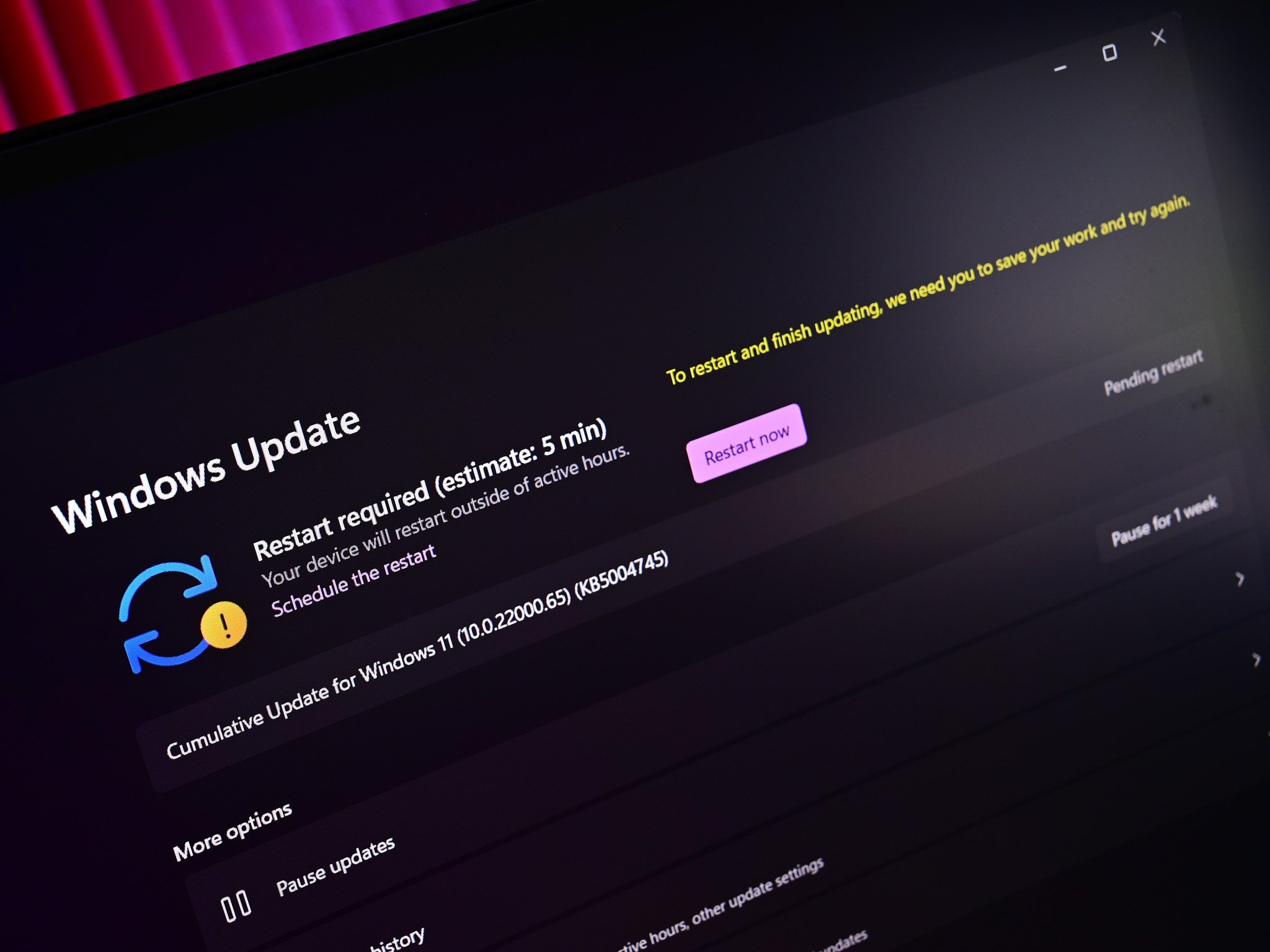Windows 11 Version 25H2: A Focus on Stability and Performance

Introduction
Windows 11 version 25H2 has been released in the Release Preview Channel, the last step before general availability. However, it comes with a surprising twist – it has no new features and actually removes some from the previous version 24H2.
Key Details
This update may come as a disappointment to some users who were expecting new features or improvements. However, it is important to note that Microsoft has been focusing on stability and performance for this release. This means that users can expect a smoother and more reliable experience with the 25H2 version.
In addition, the removal of some features may be for the better, as they may have caused issues or conflicts with other features. Microsoft is constantly working to improve the overall user experience and this update is a step in that direction.
Impact
While the lack of new features may be underwhelming, it is important to remember that this update is focused on improving the overall performance and stability of Windows 11. This is crucial for users who rely on their devices for work or other important tasks.
Furthermore, this update also highlights the importance of regularly updating and maintaining your operating system. By staying up to date with the latest version, users can ensure their devices are running at their best and are protected from potential security threats.
About the Organizations Mentioned
Microsoft
Microsoft is a global technology leader that develops, licenses, and supports a broad range of software, services, devices, and solutions. Founded in 1975 by Bill Gates and Paul Allen, Microsoft initially gained prominence through its MS-DOS operating system and later Windows, which became the dominant PC operating system worldwide. Over time, the company expanded into cloud computing, productivity software, gaming, and AI, evolving from a software vendor into a comprehensive technology ecosystem[2][4]. Today, Microsoft’s core business revolves around its cloud platform, Azure, which supports enterprise digital transformation and AI innovation. In fiscal year 2025, Microsoft reported a strong financial performance with revenue reaching $76.4 billion, an 18% increase year-over-year, driven largely by a 27% growth in Microsoft Cloud revenue to $46.7 billion. Operating income rose 23%, and net income increased 24%, underscoring robust profitability. The company’s strategic focus on cloud and AI is central to its growth, with Azure surpassing $75 billion in revenue, reflecting broad adoption across industries[3][5]. Microsoft also leads in cybersecurity solutions, with Microsoft Sentinel recognized as a leader in Gartner’s 2025 Magic Quadrant for Security Information and Event Management (SIEM). This AI-powered cloud service enhances threat detection and response, reflecting Microsoft’s commitment to innovation in security and hybrid cloud environments[6]. The company employs over 220,000 people worldwide and continues to drive digital transformation both internally and for its customers. Its vision embraces the integration of AI and human intelligence, pioneering the “Frontier Firm” model—organizations that blend AI agents with human judgment to scale rapidly and innovate continuously[1][4]. With a diversified portfolio including Office 365, LinkedIn, Xbox, and Surface devices, Microsoft remains a dominant force in technology, shaping the future of work, security, and AI-enabled business transformation[2][3][6].









